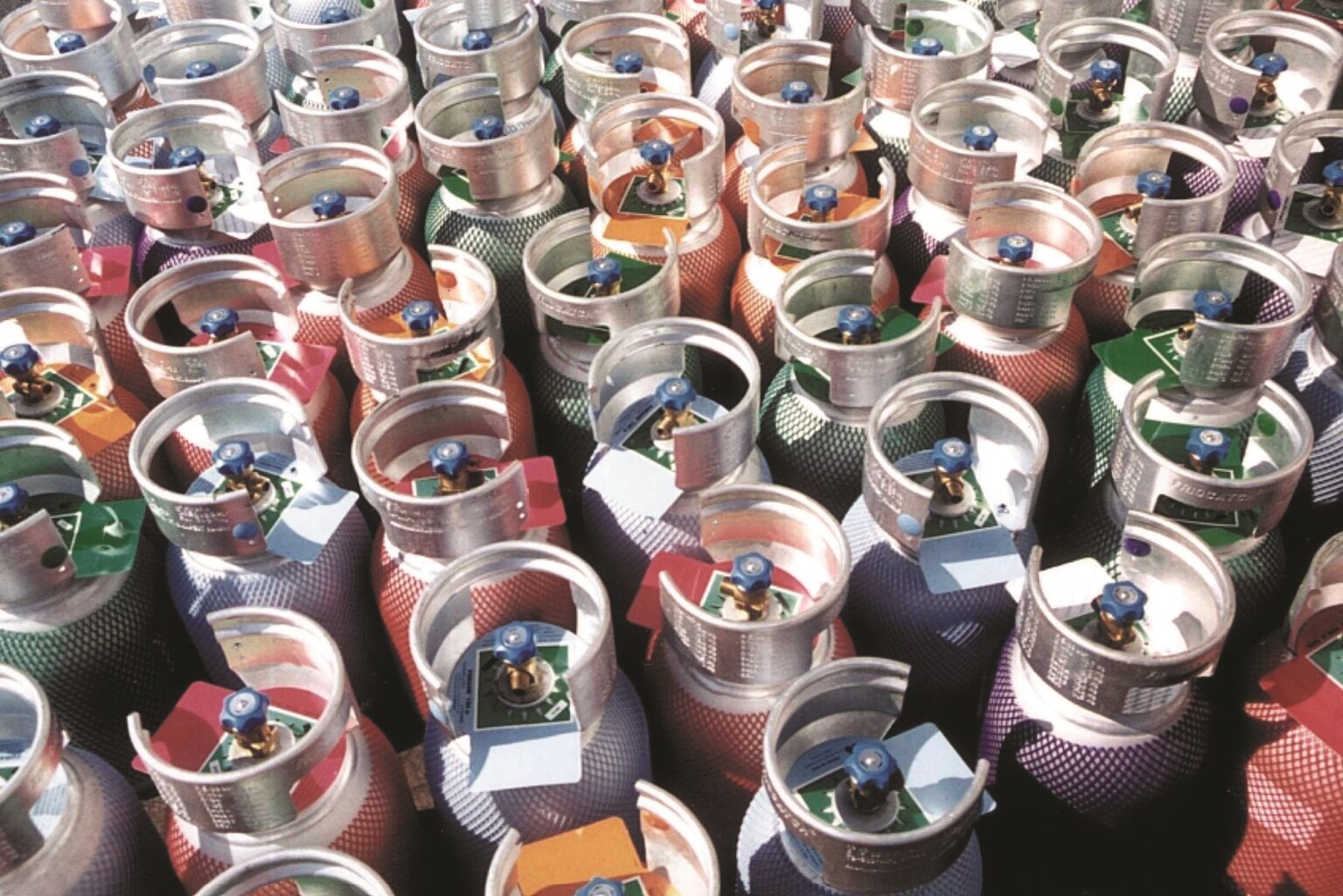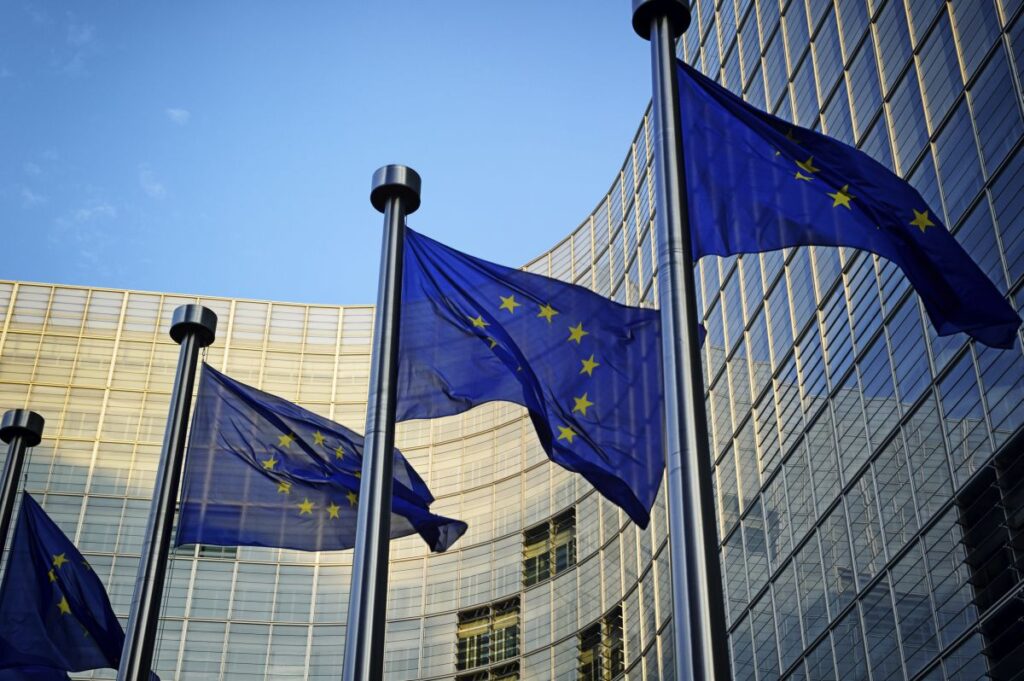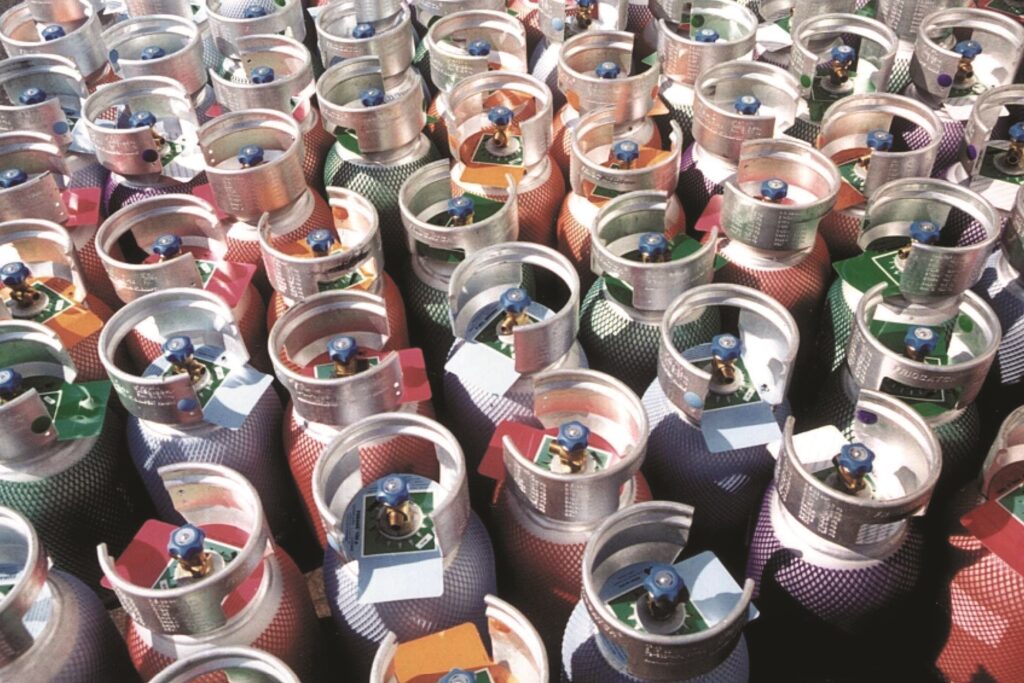Australia must learn from massive HFC stockpile prompted by EU F-Gas regulation
- PostedPublished 21 May 2016

Australia’s federal government must consider emerging issues in Europe concerning refrigerant stockpiling and the need for accurate data as Australia moves towards an HFC phase-down.

The government is expected to look to the EU as the model for fluorinated gas regulation aimed at dramatically reducing F-gas emissions – the target there being two thirds of 2010 levels by 2030 – but concerns are being raised in Europe since the new legislation came into force on January 1 last year.
Figures for 2014 that were only recently released by the European Environment Agency (EEA) show that bulk imports of fluorinated gases increased by a stunning 90 per cent in 2014 compared to a year earlier.
This was largely due to a massive 95 per cent increase in HFC imports – to 122,781 tonnes (260.9Mt of CO2 equivalents), virtually all of which are attributed to the refrigeration, air-conditioning and heating sector – which the EEA admits resulted “to a large extent in HFC stockpiling in the EU”.
There was also a 61 per cent increase in the amount of HFC placed on the market in 2014, which according to the EEA was “most probably” due to stockpiling in anticipation of the HFC phase-down and quota allocations for placing HFCs on the market with the new legislation.
In response, the European Fluorocarbons Technical Committee (EFCTC) – a key industry watchdog – has warned that “potential large stockpiles of HFCs could jeopardise the EU’s ability to reduce HFC greenhouse gas emissions if checks are not carried out as soon as possible”.

The EFCTC is concerned that the vast amount of HFCs imported in 2014 ahead of the cap and phase-down has led to substantial quantities available for use last year and which may still be available in 2016.
Next to stockpiling, the EFCTC says another potential reason behind the sharp rise could be that importers failed to report their activities in earlier years under the previous F-Gas Regulation (842/2006).
“In practice, any large quantities of stockpiled HFCs may have the effect of delaying actions to implement the transition to lower-GWP fluids,” the EFCTC says.
“This transition must begin promptly to avoid a shortage of higher GWP refrigerants that will result from the more severe reductions in the future required by the new F-Gas Regulation (517/2014).
“In order to better understand the impacts of the potential HFC stockpiles on EU emissions and on the functioning of the F-Gas Regulation, it is vital that the data used in the calculations by the EEA are thoroughly checked. Therefore, the verification processes should receive careful attention.”
In a statement, EFCTC chairman Nick Campbell pointed to the section of the F-Gas Regulation (Article 19) that covers reporting and verification of data, which says that every company which has placed 10,000 CO2 equivalent of HFCs on the market in a calendar year shall, by 30 June the following year, have its data verified by an independent auditor.
He added that EU member states and the European Commission can also demand to see the verification report.
“With over 400 companies registered to import HFCs into the European Union, a thorough check of all the verification reports is a major task. Nevertheless, EFCTC believes that it is essential that member states carry it out as soon as possible for 2014 import data,” Dr Campbell said.
“Without such a check on reporting, it is hard to demonstrate that the F-Gas Regulation is credible and that HFC controls within Europe are working. Should it emerge that some importers have failed to comply with the reporting requirements under the old F-Gas Regulation, we would expect that member states impose effective sanctions.”
VASA believes there are lessons to be learnt here in order for Australia to avoid unfortunate consequences of well-intentioned but ill-conceived decisions that can cause damage to both the industry and the environment.
This was amply demonstrated by the refrigerant market distortion caused by the Carbon Tax scheme in Australia, which after at least four years of intense political debate and revision was introduced under the Gillard Labor government in July 2012.
As has just happened in Europe, a refrigerant stockpile was established here to mitigate against the Carbon Tax effect, which caused refrigerant prices to skyrocket, while a lack of bipartisan political support for the scheme created uncertainty and unrest in the market, particularly in the lead-up to the September 2013 election.
Surging refrigerant prices encouraged many to adopt poor, environmentally unsound working practices and accelerated the adoption of unregulated non-standard hydrocarbon refrigerants, so a lot of damage had been done by the time the Carbon Tax was scrapped by the Abbott Coalition government in July 2014.
The implementation of the HFC phase-down in Australia will be similarly complex and challenging, and VASA will be working hard to ensure the federal government is aware of the issues emerging in Europe and takes steps to avoid them here.
- CategoriesIn SightGlass
- TagsEU, Europe, F-Gas, Regulatory, SightGlass News Issue 6



